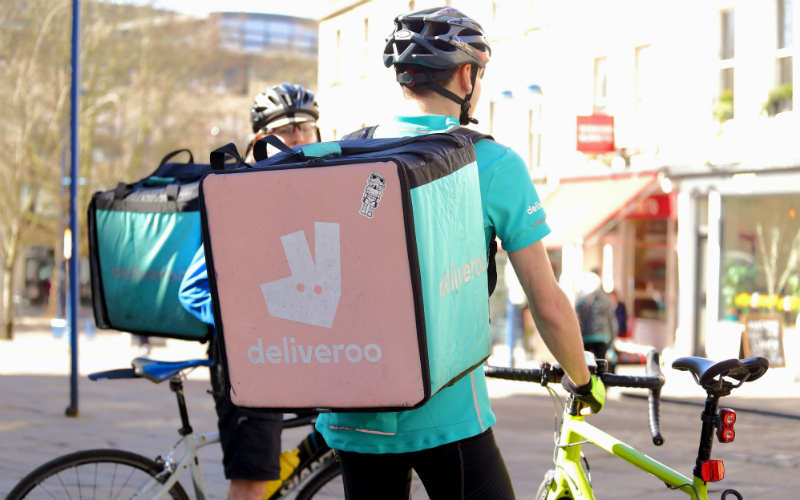Experts say the UK’s gig economy is on course to surge almost 300% in three years – and the COVID-19 pandemic means there will be no slowing down.
With the last 18 months giving rise to job uncertainty and a need for flexibility, leading global platform AppJobs has laid bare figures which show a huge shift in the employment market.
According to the website, which helps workers find paid roles using multiple apps, the gig economy experienced rapid growth in 2019 – with the number of people using its platforms to find delivery jobs alone surging by more than 80% from the previous year.
By 2020, there was a further 88% increase in the number of people connected to a delivery job through the app, and in the first six months of this year there has already been a 23% rise.
Elsewhere, thousands more are also seeking jobs in cleaning, driving, pet sitting and freelance markets.
AppJobs bosses say as the UK emerges from lockdown they expect to connect around 200,000 people with jobs in the gig economy by the end of 2021.
CEO Alok Alstrom said: “When they were first introduced, digital platforms such as Deliveroo and Uber really changed the way many people work.
“We always anticipated this would continue, but we couldn’t have foreseen how the pandemic would give rise to such a rapid shift in the modern jobs market.
“The past 18 months has seen another huge growth in apps providing jobs for people who want part-time, weekend and student jobs, not just at home but all over the world.”
The gig economy is a flexible way of working in which people are paid for each ‘gig’ they perform, rather than a specific daily or hourly rate.
This means they can work across various apps doing different jobs and at a time to suit them.
According to the AppJobs data, delivery roles currently make up around half of all gigs in the UK. This is closely followed by freelance jobs, an emerging area thanks to many traditional industries such as marketing exploring the use of freelancers in greater numbers.
Pet sitting or walking comes in third for data covering the first half of 2021, closely followed by cleaning jobs.
Driving gigs, house-sitting and handyman jobs are also popular.
Alstrom added: “We believe work can be improved and become more flexible using apps.
“By transferring responsibility, but also control, to the worker, this new jobs market creates a new way of connecting those who need a job and those who need to get a job done.
“And technological progress with smartphones means it’s never been easier to pick up a new gig as and when a worker chooses, in a city or country to suit them.”
Most people seeking work through the AppJobs platform are aged 25 to 34 but the gap is narrowing, with almost as many 18 to 24 year olds now looking for gigs.
Alstrom said: “Traditionally those aged 25 to 34 always made up the largest portion of people seeking work. But we are seeing big changes – 29% are now aged 18 to 25 and 17% are aged 35 to 44.
“We think this is because the pandemic has destabilised the traditional jobs market and more people of all ages are looking for either work to supplement their income or to form their main kind of work.”
As of May 2021, 57% of those seeking gig employment identified as being female.
Since being created in 2017, AppJobs has gained nearly two million members in 500 cities across 40 different countries and has connected half a million job seekers with apps and services such as Uber, Airbnb and Doordash.
Appjobs has founded the Future of Work Institute, sharing insights and collaborating with researchers to provide stakeholders within the labour market and gig economy with up-to-date data and stats. You can see their latest report here.


